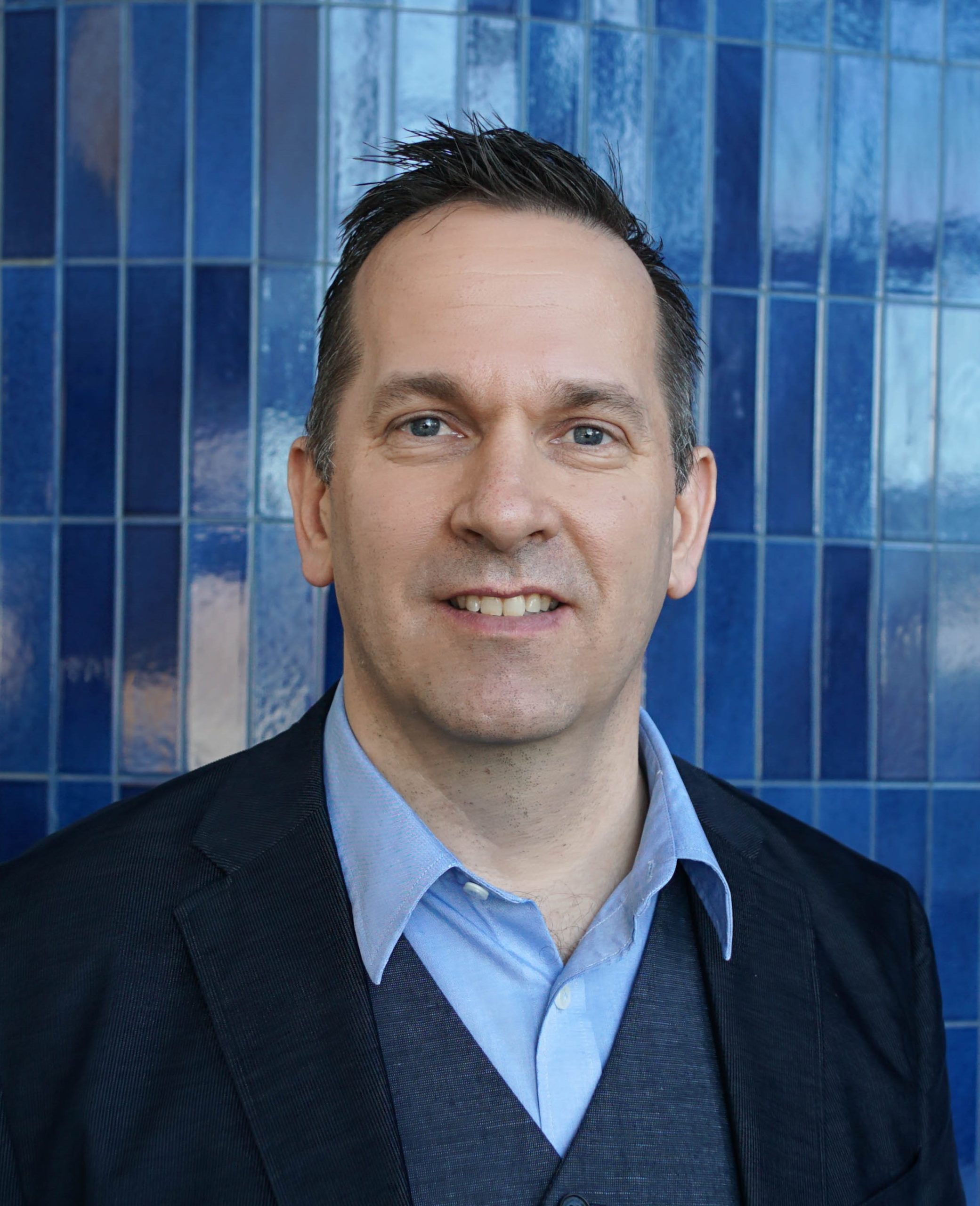Conspiring Together for Good: Institutional Science and Religion
Author(s):
Milton Friesen

The Canadian Science Policy Centre Strategic Plan asserts that “Embracing and synthesizing [ ] diverse perspectives and collaborating across traditional silos and jurisdictional barriers will be, perhaps, one of the greatest challenges to overcome as we develop inclusive and equitable public policy in the 21st century.”
One of those very challenging diversity gaps that may need to be crossed is between institutional science and institutional religion. A long history of debate over ultimate beliefs, knowledge content, and sources of authority, has characterized the exchange between religion and science. What we need today is an innovative stance that reconsiders how the public or common good overlaps between both institutional science and institutional religion might be enhanced to improve Canadian society.
Support for much-needed scientific research and exploration comes from the public, many of whom are religious. Enlarging science policy support through collaboration rather than antagonism could advance scientific work and link that work to the challenges we face in common.
The Canadian Science Policy Centre Strategic Plan reflects a commitment to innovation at an institutional level – to do more and better together through unusual or underexplored partnerships. In the case of institutional science and religion, the public good could be the common denominator across the gap. What might collaboration look like? What are the common problems they share? As an example of commonalities, consider the following three:
1. Both institutional religion and institutional science have had public relations problems related to their respective forms of failure;
2. If you travel in both institutional spaces, you will hear a common lament about public illiteracy regarding their respective bodies of knowledge and practice;
3. The institutional expressions of these very different enterprises face the common challenges of bureaucracy, consolidations of power, and political dynamics that can distance them from their constituencies or original purpose.
Our creative challenge: deepen institutional collaboration with full recognition of institutional diversity. It is not rare to find among the most elite and awarded scientists, women and men who have been both at the forefront of their respective research and deeply committed people of faith. Can there be institutional forms of this ‘holding together’ – a sign of institutional intelligence and capability? Developing this would represent a significant move in science diplomacy.
The Canadian Science Policy Conference is the premier gathering of the Canadian science community working toward public, political and structural improvement. Scientists want – and need – greater public engagement. They need public interest to translate into support from elected officials. They need investments that require public money, and public money over a long cycle requires public support. Science as optional risks neglect. Science as integral will ensure public investment amid changing political climates.
Canadians are not neatly divided into ‘I support science therefore I’m not religious’ or ‘I’m religious so I don’t support science’ groups. There are examples of extremes at both ends of the spectrum but for most Canadians, that polarization does not hold. Elaine Howard Ecklund’s scholarship at Rice University suggests this simplistic binary is not true even for elite level scientists. Deriding religious belief is neither necessary for the work of science nor prudent from a public relations standpoint. It is not effective to mock the beliefs of millions of people and then turn around and ask them to support you.
We need substantive discussion about the institutional forms of religion and science and how they serve, and could better serve, the common good. There are many issues that will not be solved by isolating them into scientific or religious components. Environmental issues are an example. The 2015 Papal encyclical Laudato Si translates as “Care for Our Common Home” and in it, Pope Francis says that:
“There are certain environmental issues where it is not easy to achieve a broad consensus. Here I would state once more that the Church does not presume to settle scientific questions or to replace politics. But I am concerned to encourage an honest and open debate so that particular interests or ideologies will not prejudice the common good.”
Reducing negative environmental impacts will require significant social structural responses, including institutional structural changes involving Canadian’s work, culture, and a complex web of interdependencies. The institutions of science alone will never be enough to move the needle on complex dynamic problems like climate change. Collaboration gives us a chance.
With a decade of accomplishments behind it, the timing seems right for the Canadian Science Policy Centre to explore this interface, to lay out the pathways of diplomacy that will enrich what has been gained. Taking in this historic challenge may open the door to other unexpected partnerships leading to compound, rather than incremental, gains.
More on the Author(s)
Milton Friesen

